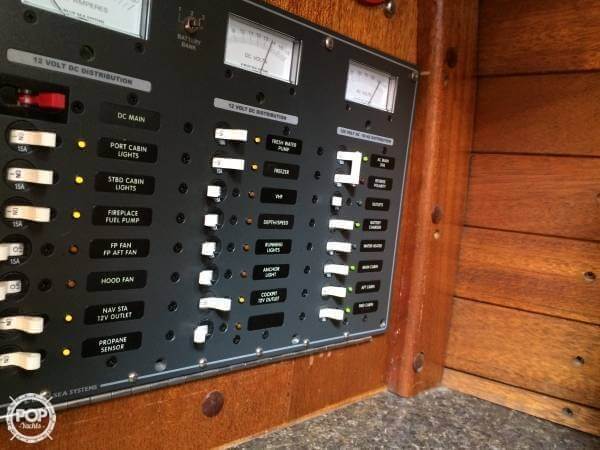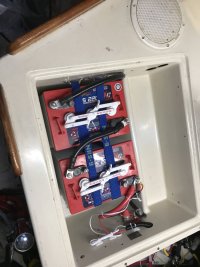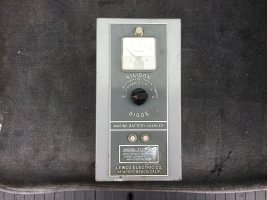bsangs
E35-3 - New Jersey
Went down an internet marine battery rabbit hole, and after coming up for air, thought it'd be best to rest here.
Am going to replace my two batteries come March. Current ones were installed by previous owner and they're about five years old. They're also just run-of-the-mill Diehard Heavy Duty batteries. I'm planning to get a couple AGM marine batteries, Group 27 or 31.
What I can't settle on is if I should choose deep cycle or dual purpose. Don't need a separate starter battery, since these will run in parallel through my battery switch. CCA required for my Yanmar 3GM30F is pretty low, so either type should be able to handle firing her up. Still have a 55 amp alternator, 200 watt solar panel, shore power recharger, etc. Electronics are mainly water pump, GPS (new radar being installed soon), AIS, fridge, running lights, cabin lights, electric head and stereo/Sirius XM receiver. The occasional electric windlass, and anchor wash down pump too. What say the Ericson crowd when it comes to deep cycle or dual purpose? And can I assume most name brands are similar in output/performance? Or are there brands to avoid?
***Just an FYI, am NOT interested in converting to Lithium batteries at this time, so no need to throw those into the mix here. *** Thanks as always.
*** Thanks as always.
Am going to replace my two batteries come March. Current ones were installed by previous owner and they're about five years old. They're also just run-of-the-mill Diehard Heavy Duty batteries. I'm planning to get a couple AGM marine batteries, Group 27 or 31.
What I can't settle on is if I should choose deep cycle or dual purpose. Don't need a separate starter battery, since these will run in parallel through my battery switch. CCA required for my Yanmar 3GM30F is pretty low, so either type should be able to handle firing her up. Still have a 55 amp alternator, 200 watt solar panel, shore power recharger, etc. Electronics are mainly water pump, GPS (new radar being installed soon), AIS, fridge, running lights, cabin lights, electric head and stereo/Sirius XM receiver. The occasional electric windlass, and anchor wash down pump too. What say the Ericson crowd when it comes to deep cycle or dual purpose? And can I assume most name brands are similar in output/performance? Or are there brands to avoid?
***Just an FYI, am NOT interested in converting to Lithium batteries at this time, so no need to throw those into the mix here.



